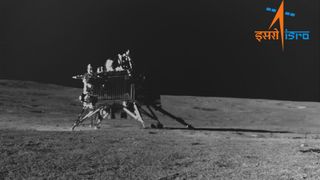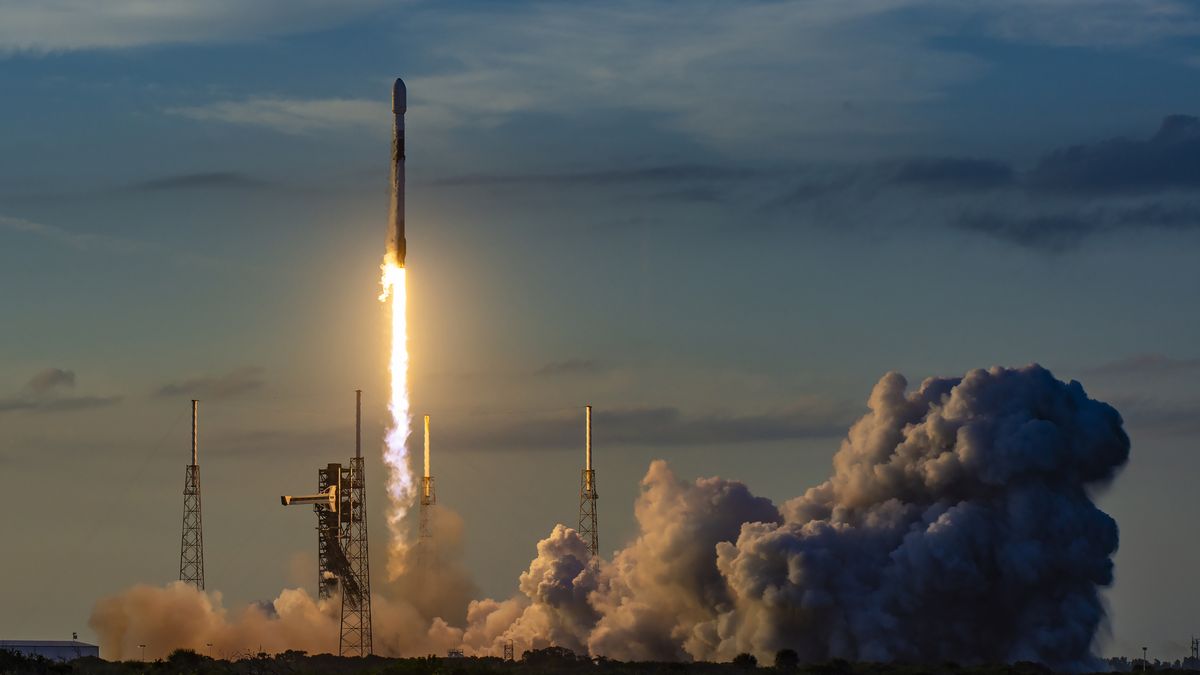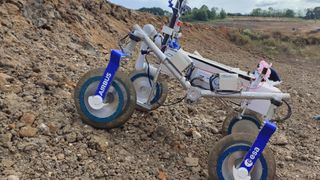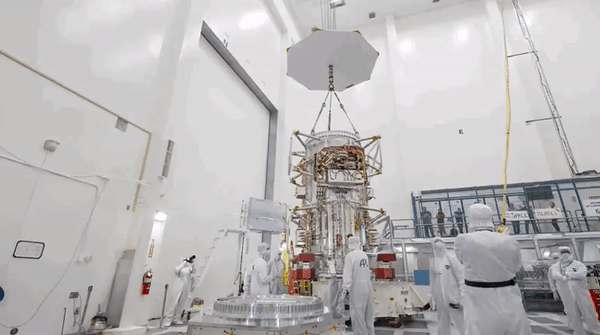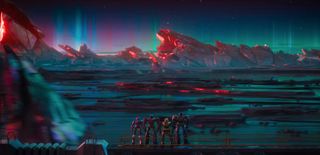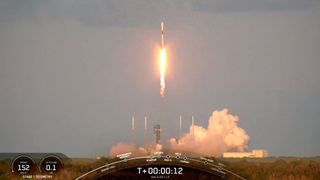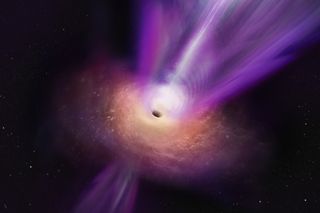Cards Against Humanity has just filed a $15 million lawsuit against SpaceX. The Chicago-based Cards Against Humanity (CAH) — the company behind the bestselling adult party game in which players use cards to create either wonderfully clever or hilariously disturbing strings of phrases — distributed a statement on Friday (Sept. 20) blasting Elon Musk and SpaceX for allegedly encroaching upon and damaging land that CAH purchased in 2017. This land is located along the U.S.-Mexico border, and CAH bought it as part of a movement to thwart former President Donald…
Read MoreCategory: Solar System
Our solar system
India aims for 2028 launch of Venus orbiter as part of ambitious space roadmap
India has greenlit four major space projects, including the Chandrayaan-4 moon sample return mission, a Venus orbiter and the nations first space station module. The Indian government allocated $2.7 billion for the ambitious projects, a substantial investment that officials say is certain to encourage “maximum participation” from the nation’s burgeoning private sector. “India’s ambitious space vision and roadmap have now been given the wings to fly high,” ISRO chairman S. Somanath told Indian news channel NDTV. The $2.7 billion was approved on Wednesday (Sept. 18) by the nation’s cabinet chaired…
Read MoreSpaceX blasts proposed FAA fines in complaint letter to Congress
SpaceX has taken its dispute with the U.S. Federal Aviation Administration (FAA) to Capitol Hill. On Tuesday (Sept. 17), the FAA announced that it plans to fine SpaceX $630,000 for allegedly skirting regulations on two launches last year. SpaceX founder and CEO Elon Musk responded to the news that same day, declaring on X (formerly Twitter) that the company intends to sue the FAA “for regulatory overreach.” Now, the company has sent a letter to Congress contesting the proposed fine and calling out the agency for moving too slowly. The two…
Read MoreEurope’s Mars ‘fetch rover’ nails sample pick-up test in the field (video)
European aerospace giant Airbus has taken two of its Mars rovers out for field tests in a quarry near London, showcasing for the first time a new robotic arm for autonomous sample collection on alien planets. The company also experimented with a model of its ExoMars rover, hoping to improve its navigation system to enable the robot to travel faster and explore more terrain once it reaches the Red Planet in 2028. During the tests, the Mars Sample Fetch Rover demonstrator model named Codi received coordinates from a simulated ground…
Read MoreNASA’s Europa Clipper on track for Oct. 10 launch to Jupiter’s icy moon despite radiation worries
Three weeks from now, NASA’s Europa Clipper probe will lift off and embark on a long-awaited mission to study Jupiter’s icy moon Europa, which scientists think is one of the most promising places to look for life beyond Earth. The launch appears to still be on track for Oct. 10, as per the agency’s original schedule, which comes as a relief to scientists after the team discovered a few possibly defective transistors just months prior that threatened to imperil the mission. Any signs of life on Europa would likely be…
Read MoreRocket Lab aborts launch of 5 ‘Internet of Things’ satellites at last second (video)
Rocket Lab aborted a launch at the last second today (Sept. 18). The company’s Electron rocket was scheduled to launch five “Internet of Things” satellites for the French company Kinéis today at 7 p.m. EDT (2300 GMT) from New Zealand. The countdown clock reached zero, and Electron appeared to fire up its first-stage engines. But they immediately shut down, resulting in an abort. A Rocket Lab Electron vehicle stands on the pad just after a last-second launch abort on Sept. 18, 2024. (Image credit: Rocket Lab) “Since today’s mission required…
Read MoreNASA’s ‘Hidden Figures’ women awarded Congressional Gold Medals
Although they may never completely shed the label, the women who worked for NASA as human computers during the space race are no longer “hidden figures,” and they now have a medal to prove it. On Wednesday (Sept. 18), the women as a group and four individuals who have come to represent their collective experiences were awarded the Congressional Gold Medal, one of the highest civilian honors in the United States. As authorized by Congress, the medals were bestowed to Christine Darden and posthumously to Katherine Johnson, Mary Jackson and…
Read More‘Transformers One’ is an end of summer sensation certain to please fans (review)
Transform and roll out! Exploring the nature of a fractured friendship between a young Optimus Prime and Megatron, once known as Orion Pax and D-16 billions of years ago on the living machine planet of Cybertron, Paramount’s new “Transformers One” (Sept. 20) is a supremely entertaining animated film showcasing a visual banquet of next-generation CGI from Industrial Light & Magic. What began as a Hasbro toy line and animated series in the ’80s has exploded over the decades as one of the premier sci-fi intellectual properties in the world, a…
Read MoreSpaceX launches 2 European navigation satellites, lands rocket (video)
A SpaceX Falcon 9 rocket launched two European navigation satellites tonight (Sept. 17) and then landed safely, acing its 22nd mission. The Falcon 9 rocket, carrying two spacecraft for Europe’s Galileo satnav constellation, lifted off from Cape Canaveral Space Force Station in Florida tonight at 6:50 p.m. EDT (1850 GMT). The Falcon 9’s first stage returned to Earth safely as planned, landing at sea on the SpaceX droneship “Just Read the Instructions” about 8.5 minutes after launch. According to a SpaceX mission description, it was the 22nd liftoff and landing for this…
Read MoreA ‘primordial’ black hole may zoom through our solar system every decade
If microscopic black holes born a fraction of a second after the Big Bang exist, as some researchers suspect, then at least one may fly through the solar system per decade, generating tiny gravitational distortions that scientists can detect, a new study finds. These findings suggest that if astronomers can discover and confirm the existence of such gravitational disruptions, they may be able to solve the mystery behind the nature of dark matter, the unseen material that many researchers suspect makes up about five-sixths of all matter in the cosmos.…
Read More
